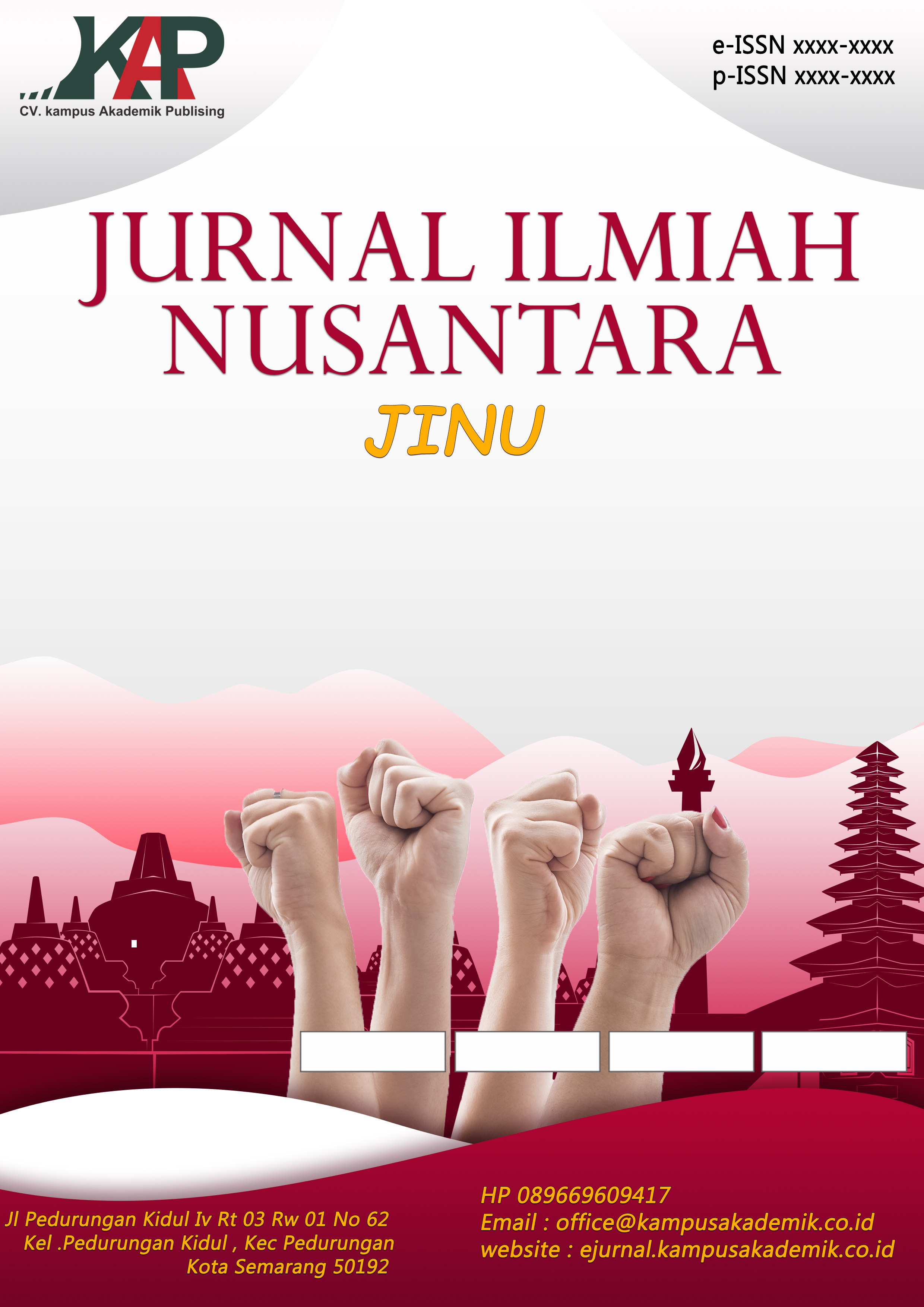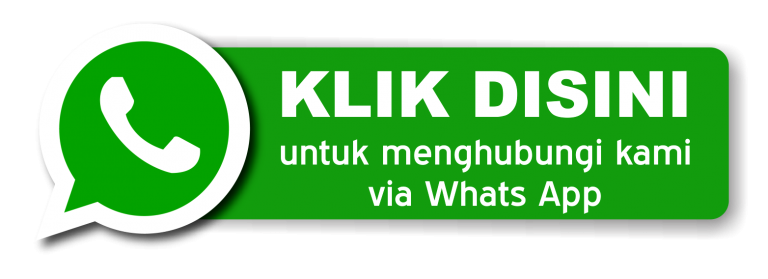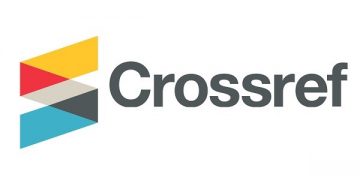Rancang Bangun E-Learning Simulasi Digital bagi Siswa SMK Kesehatan Parigi Pangandaran
DOI:
https://doi.org/10.61722/jinu.v2i6.6339Keywords:
E-learning, Simulasi Digital, SMKAbstract
The rapid development of information technology has encouraged a paradigm shift in the education sector, particularly at the vocational secondary level. SMK Kesehatan Parigi Pangandaran faces challenges in delivering the Simulasi Digital subject effectively due to the predominant use of conventional teaching methods. This study aims to design and develop a web-based e-learning system specifically for Simulasi Digital learning using the ADDIE instructional design model. The system includes features for material management, interactive simulations, automatic quizzes, and progress reporting. The research employed a Research and Development (R&D) approach with needs analysis, system design, development, implementation, and evaluation stages. The implementation results show that the e-learning system improved students’ comprehension, facilitated teachers in delivering material, and created a modern, responsive learning environment. The developed system is expected to be a digital solution for interactive, flexible learning that meets 21st-century educational demands.
References
Anggi Pratiwi, D. F. A., Mulyana, H., & Handayani, S. A. (2023). Evaluasi efektivitas media pembelajaran dalam konteks mata pelajaran Ilmu Pengetahuan Sosial (IPS). Jurnal Komunikasi dan Media Pendidikan, 1(2), 45–54.
Annisa, L. H. (2023). Perancangan aplikasi media pembelajaran untuk mahasiswa menggunakan aplikasi berbasis website. Technology and Informatics Insight Journal, 2(2), 56–69.
Branch, R. M. (2009). Instructional design: The ADDIE approach. Springer.
Creswell, J. W., & Poth, C. N. (2018). Qualitative inquiry and research design: Choosing among five approaches (4th ed.). SAGE Publications.
Heinich, R., Molenda, M., Russell, J. D., & Smaldino, S. E. (2002). Instructional media and technologies for learning (7th ed.). Merrill Prentice Hall.
Hutabri, E. (2019). Penerapan metode Rapid Application Development (RAD) dalam perancangan media pembelajaran multimedia. Innovation in Research of Informatics, 1(2), 57–62.
Julianingsih, M. D. (2022). Pengembangan media pembelajaran berbasis teknologi pada pendidikan khusus. Jurnal Pendidikan Teknologi dan Kejuruan, 12(1), 34–45.
Kartika, V. D., & Nugraha, D. S. (2024). Rancang bangun media pembelajaran membaca anak berkebutuhan khusus berbasis augmented reality. JATI (Jurnal Mahasiswa Teknik Informatika), 8(6), 112–120.
Laudon, K. C., & Laudon, J. P. (2020). Management information systems: Managing the digital firm (16th ed.). Pearson.
Nixon, M. T. (2018). Learning PHP, MySQL & JavaScript: With jQuery, CSS & HTML5. O’Reilly Media.
Nugroho, N. S. (2021). Pengelolaan media pembelajaran digital berbasis web. Jurnal Teknologi Informasi dan Komputer, 9(4), 78–89.
Nuryadi. (2018). Rancang bangun aplikasi website e-learning pada SMK Respati 1 Jakarta. Jurnal Teknik Komputer, 6(2), 122–129.
Putra, P. (2023). Media pembelajaran desain multimedia interaktif dengan Laravel. Journal of Educational Technology, 7(2), 102–115.
Royce, W. W. (2019). Managing the development of large software systems. In Proceedings of IEEE WESCON (pp. 328–338). IEEE.
Sanders, W. (2021). Database design and implementation for developers. Manning Publications.
Siemens, G. (2005). Connectivism: A learning theory for the digital age. International Journal of Instructional Technology and Distance Learning, 2(1), 3–10.
Sugihartini, N. K., & Yudiana, K. (2018). ADDIE sebagai model pengembangan media instruksional edukatif (MIE) mata kuliah kurikulum dan pengajaran. Jurnal Pendidikan Teknologi dan Kejuruan, 15(2), 277–284.
Suryani, D. (2022). Perancangan sistem informasi media pembelajaran berbasis website menggunakan metode waterfall. In SENTIMAS: Seminar Nasional Penelitian dan Pengabdian Masyarakat (pp. 316–323).
Ullman, L. (2020). PHP and MySQL for dynamic web sites. Peachpit Press.
Downloads
Published
Issue
Section
License
Copyright (c) 2025 JURNAL ILMIAH NUSANTARA

This work is licensed under a Creative Commons Attribution-ShareAlike 4.0 International License.













